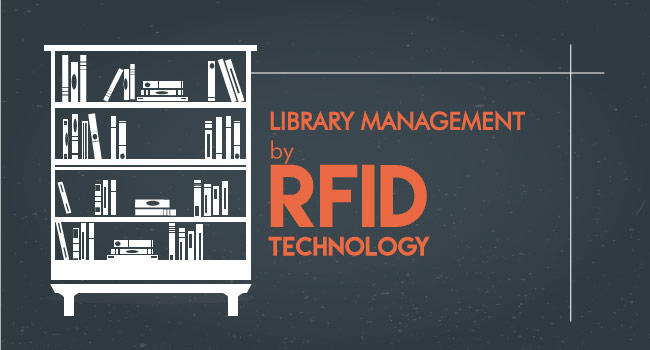“RFID is increasing in popularity among libraries, as the early adopters of this technology have shown that, it makes good economic sense, both for large and small libraries”
As you are familiar with, RFID technology is revolutionizing schools all over the world.Earlier, managing libraries would have been a complex task for you. But with the advent of RFID technology, you would able to manage libraries better than ever before. Also, the task of school/college librarians becomes much easier and quicker. You can even say that the future of RFID might wipe out the necessity of a full time librarian.
Read Also:
Scope of RFID School Bus Tracking Systems in Security Measures at Schools
Use of RFID in Libraries
RFID technology is mainly used for effectively managing your library operation and detecting missing books. The RFID based system has a tracking system that moves beyond security with efficient tracking of materials inside the library. These systems provide you services like easier and quicker charge and discharge, proper listing of books and material management.
This technology helps librarians save valuable staff time, which may otherwise be spent on scanning bar codes while borrowing or returning books. As the name indicates, RFID is an integration of radio-frequency based technology and microchip technology. Using RFID technology, you can extract information stored on a microchip in the tags affixed to library materials.
Key Features of RFID in Libraries
- Time Saving
Using RFID technology, you are able to reduce the amount of time required to perform circulation operations. A lot of time can be saved by librarians which is spent on checking out and checking in borrowed items. The procedure of borrowing and returning become easier and faster.
- Reliability of the System
As you already know, RFID based system is highly reliable. RFID based library systems declare 100 percent detection rate using RFID tags. If you need to identify the items moving out of the library, you can use RFID system that has an interface between exit sensors and the circulation software.
As a library official, you will be able to know if an item is missing, and if someone tries to get away with your books,that person can easily be spotted..
- High Speed Inventorying
Without tipping out or removing books, RFID tags help you to scan the books on the shelves. Using a hand held inventory reader, unique identification information of each book can be read.
- Automated Materials Handling
Material handling became much easier for you with RFID technology. Conveyor and sorting system in this technology helps you to move library materials and thus sort them into separate categories. Also, it helps you to reduce the amount of staff time required to make materials for re-shelving.
- Longer Life
RFID tags have a longer life than bar codes.Before a replacement, most RFID vendors claim a minimum of 1,00,000 transactions for you.
Though there are so many benefits with this technology, there are certain disadvantages associated with it.
You May also Like:
9 Facts to Know About NAVIC, India’s Very Own Navigation System
Disadvantages of RFID Systems
- Active RFID systems are expensive
- RFID tags are easily damaged
- Problems with exit gate sensors
- Issues in user privacy
- Collision of reader and tags
The future of RFID in library depends mainly on rectifying those disadvantages and thus giving more focus on the benefits associated with it. Development of RFID is rapidly going on, which yield larger memory capacities, wider reader ranges and faster processing. Its applications, innovation and standardization are constantly changing.
There is no need for separate database as RFID tags contain identifying information such as title of the book, material type, etc. Though benefits and flexibility of RFID technology is widely known, RFID is a better solution for you to further optimize the automation and tracking documents in the library.
